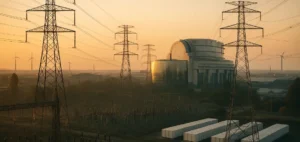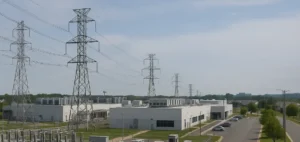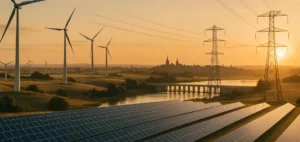Announced by theUS Environmental Protection Agency (EPA), the new regulations will require coal-fired power plants operating after 2039 to capture 90% of their CO2 emissions by 2032. Large new gas-fired power plants will also have to comply with this CO2 capture requirement from 2032. This measure applies to new installations and is designed to encourage the use of carbon capture technologies.
Background and impact
Electricity generation is the second biggest source of greenhouse gas emissions in the United States, mainly due to transportation. Existing coal-fired power plants have been identified as the main emitters within the energy sector. The regulations are designed to prevent the emission of almost 1.4 billion tonnes of CO2 by 2047, which would be equivalent to taking 328 million cars off the road annually.
Reactions and criticism
While the Sierra Club has hailed the measure as one of the most effective tools ever created to reduce harmful emissions, the 350.org organization remains skeptical about the effectiveness of CO2 capture technologies, arguing that reducing the number of such power plants would be more effective. In addition, there are criticisms about the feasibility of widespread implementation of CO2 capture and storage technology, which is still not widely used worldwide.
Other regulations and the energy context
The EPA has also announced additional regulations to reduce toxic metal emissions, water pollution and coal ash from power plants. These measures come against a backdrop in which the share of renewable energies and natural gas in US electricity production has increased, while the number of coal-fired power plants has fallen in recent years.
With these new regulations, the Biden administration aims to significantly transform the American energy landscape, reducing emissions from the most polluting sectors while supporting emerging technologies through tax incentives, as envisaged by the Great Climate Act of 2022 (IRA).





















